ART THEMES || THEME TWO: THINGS THAT STING
ART THEMES, our bi-monthly art review is back for its second iteration. In light of Scorpio season, we announce THEME TWO: THINGS THAT STING. Curated according to this thematic concept, we use common themes to collate the work of these great artists – as we make unusual and intriguing connections across ambiguous and clarified perspectives, literal and figurative alike.
Scorpio season is fast approaching and although a most common, stereotypical reading of this zodiac sign for personality traits would be those who have “inward exploration, mystical consideration, those who seek true intimacy” as well as being known for “having deep emotions, but not always showing them”. It’s with this sign in mind that we introduce the second iteration of Art Themes: Things That Sting. There exists a more literal angle here too, be it a physical ‘ouch!’ or the equally real hurt of heartache or the pain of a global-scale shared loss or systemic tragedies, rooted all in deep feeling through the artists’ eye. Through art, we can be encouraged to maximise our ability to feel empathy, to be reminded of how important it is to move through emotions and grow with them as opposed to fighting them. Take a guided tour through our selected artists and be encouraged to expand your depth of feeling.
Luca Evans, “Lead Balloon 1”, 2024, Western Red Cedar Wood and enamel, 19 x 85 x 4 cm. Courtesy of Everard Read.
“When I was a kid I thought America was magnificent. Things look shiny from far away. I hung the flag on my wall. When I was fifteen I got a dog and named him John F. Kennedy because I thought he was the most handsome president. And I thought it was glamorous and tragic how he got shot in that Lincoln. At a party I met a pretty girl I wanted to impress. I told her about my dog and she asked, ‘Why Kennedy? He dropped bombs in Vietnam.’ That was a lead balloon kind of feeling.”
Luca Evans is a Cape Town based artist, working primarily with wood, and text. Their work sits in a playful and delicate intersection between tradition and alteration, linguistics and visual art.
In this body of work, Luca considers violence, and the impossibility of lightness when everything is heavy. They also explore introducing humour by subverting narratives that are hard to face. Things that sting, like themes of war or weaponry have been reframed: a gun is carved out of wood, rendering it dysfunctional and what’s more: it only shoots balloons.
Kresiah Mukwazhi, “Nyenyedzi nomwe”, 2021, Bra straps on timber frame, 140 x 90 cm detail, courtesy of Blank Projects
Born in Harare in 1992, Kresiah Mukwazhi creates works which primarily speak to the experience of women, and gender-based violence. “Body Count” continues the artist’s investigation into the female body as a political instrument and a site upon which the power dynamics of patriarchal society are played out.
The exhibition takes its title from the double meaning of the phrase which refers not only to the number of people killed in a singular event but also, in more casual terms, the number of sexual partners a person has had. Metaphorically linking these concepts of death and sex, the title points to the contrast in attitudes towards male and female sexual expression and how this dangerous double standard reinforces gender-based discrimination and violence. Mukwazhi draws a parallel between these gendered perceptions of promiscuity and the stigmatisation of female sexuality, identified through both the policing and exploitation of women’s bodies.
Blank Projects shares about her work, “Kresiah confronts this misogynistic trope by working directly with these culturally loaded objects. Using hundreds of secondhand bras – smuggled into the country in bulk – she carefully deconstructs each piece of underwear, then stitches together and stretches the straps over frames. The resulting compositions recall the many women whose bodies have worn them; they are permeated with the traces of their previous owners, both in the physical and the ‘energetic’ sense. For Kresiah, the works gesture too at the countless women who have lost their lives due to violence.”
It is not just the bra strap that stings on a physical shoulder or back, but the symbol of underwear, intimacy, gender and sex which carries such weight in our society because of the violence against women.
Kylie Wentzel, “I luv you”, 2021, shutterply, primer and enamel, 1200 x 1500 x 100 mm. Featured at Kalashnikovv exhibition titled “SALT”, photographed by Samora Chapman.
Kylie Wentzel graduated with a Bachelor of Fine Arts from Michaelis School of Fine Art in 2015 and currently lives and works in uMdloti, KwaZulu-Natal. Her desire to break away from artistic conditioning has led her to explore mediums outside of her formal training. She gathers her inspiration from the natural and constructed environments around her, kitsch prints, strong smells, imported goods for sale on a hot city pavement, passing faces, and Tipp-Ex text scribbled on derelict alley walls.
Her exhibition “SALT” (2021) was a mirage meets documentary-style painting exhibition that explores the Durban beachfront. About the work, she says: “It is part of an ongoing study of the natural and constructed environments I find myself in. The study focuses on elements of space, personal connections, observations, stories, objects, structures and reflection.
The Durban beachfront is a space I’ve frequented since my very first days. It’s a place where the blazing sun and salt wears away structures and curios. Where the sand piles up to bury those who sleep on it throughout the night. Some come here to cleanse, and for some it’s to sweat. Here a man builds a BMW out of sand for loose change, and another man’s car keys glisten next to a luminous cocktail. Runners venture out from the suburbs in their packs to find their paths amongst monkey troops and police horses. Children occupy public pools freely, while living fish are contained and sold in empty booze bottles.
This distinctive strip of beach and promenade is a public space for performance, healing, tradition, fitness, shelter, leisure and income. It’s a world of its own within the urban cosmos.”
There is so much to be said about the beachfront location informing Kylie’s practice, including the harshness of Durban, but there also exists a softer underbelly, thereby the warmth and familiarity of these sand-artworks reminds us to stop and appreciate the scenery– ask yourself: how many people were encouraged to echo the sentiment “I luv you” when seeing these artworks?
Chelsea Ann Peter, “letters from a wasp”, 2024, Oil on canvas, 25.8 x 35.5 cm
Chelsea Ann Peter is multi-disciplinary artist born in Johannesburg and raised in Cape Town. Chelsea received a BAFA from the Michaelis School of Fine Art (2019). Exploring identity politics through the prism of magic realism, her paintings, and her music reveal a journey of profound introspection and processing. Transcending their materiality, the artworks serve as portals that extend an invitation to traverse the depths of unseen universal forces, where light and dark are interwoven tightly.
About her featured artwork “letters from a wasp”, Chelsea shares that she was “Inspired by two wasps that visited my home one morning, one of which perched upon a ceramic shell that was placed on my coffee table. Though a little uneasy, I felt invited to be still, ask, and listen.
Wasps often arouse discomfort, but if one’s eyes are nicely open, one will see that even things that sting gift a silver lining tracing a message. Is the wasp a guardian, a threat, or both? The meaning is derived from one’s feelings.”
While the theme began as an exploration of Scorpio season, it’s revealed that there is such subjectivity in the building of meaning around art. Our sentiment in creating Art Themes is to allow the artists’ expression to reach further, to allow the viewer to receive it and be informed by it, in the hopes that in the unsettling, the difficult, the humorous undercurrents, can aid in the expansion of feeling.
Written by: Grace Crooks
For more news, visit the Connect Everything Collective homepage www.ceconline.co.za

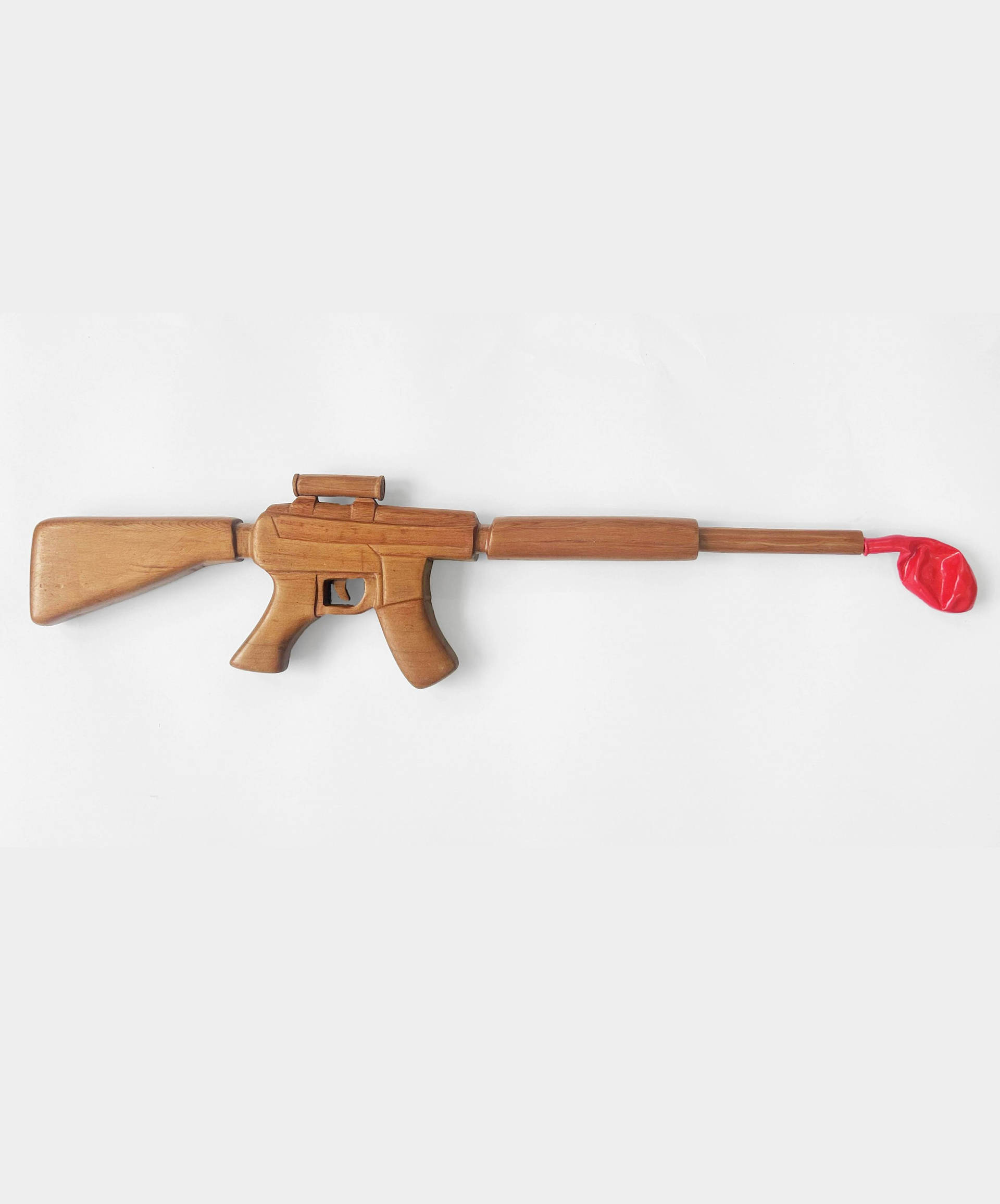
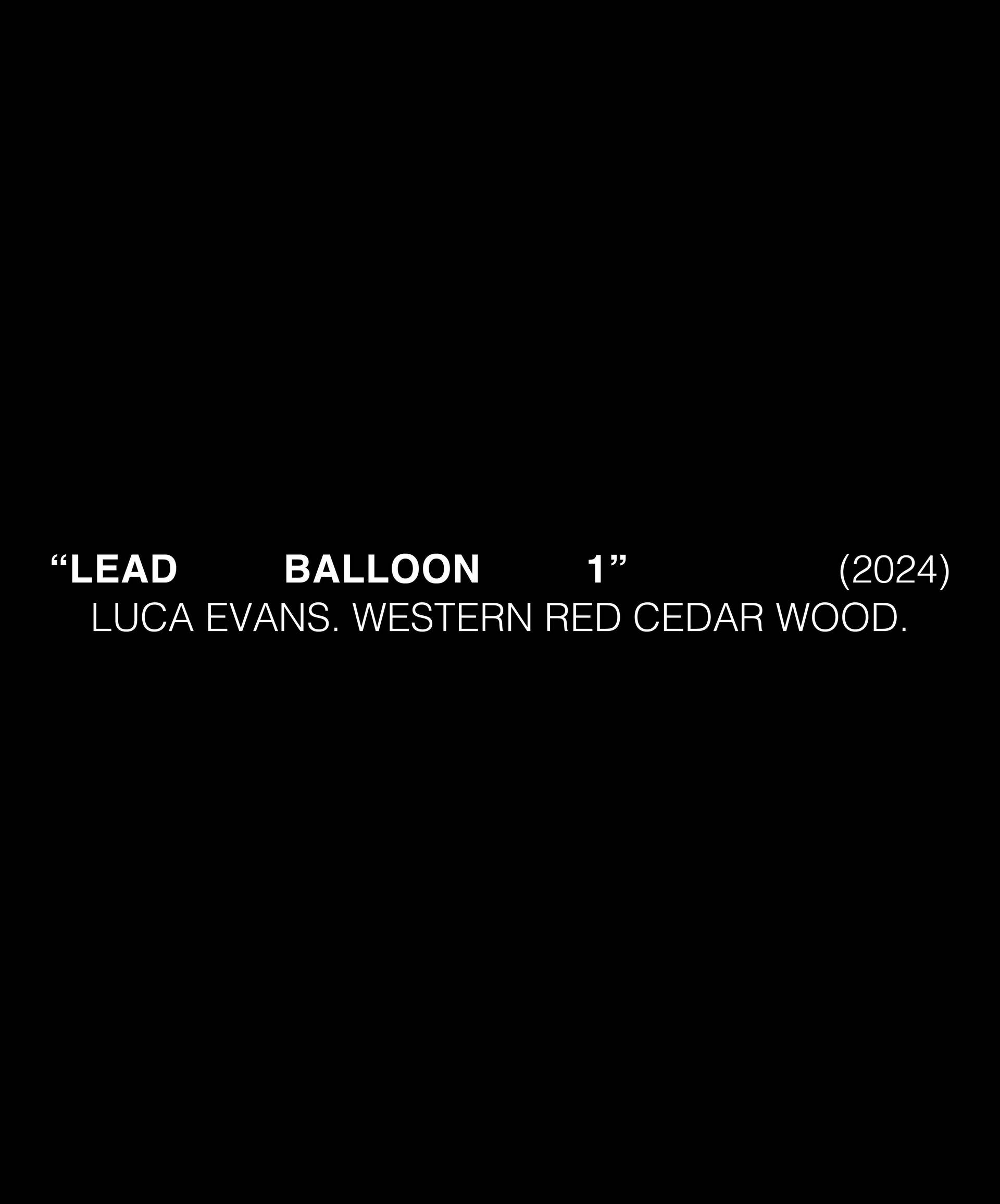
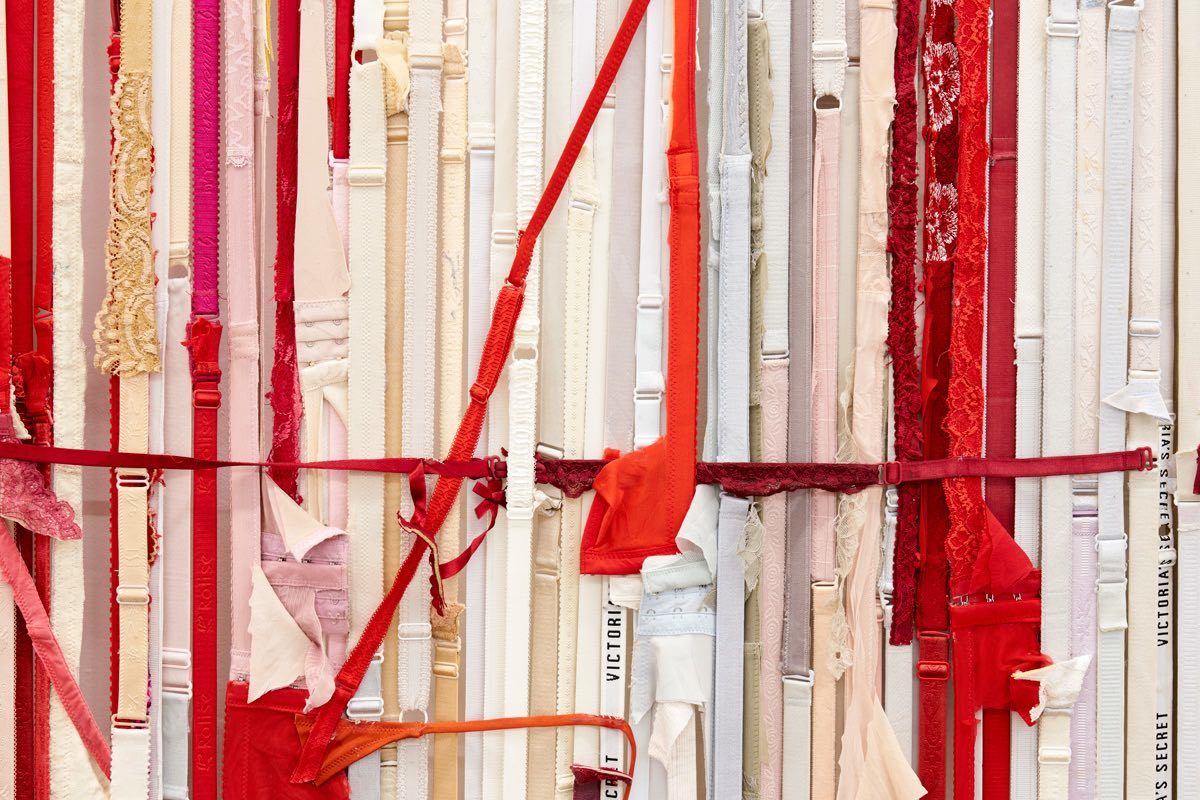
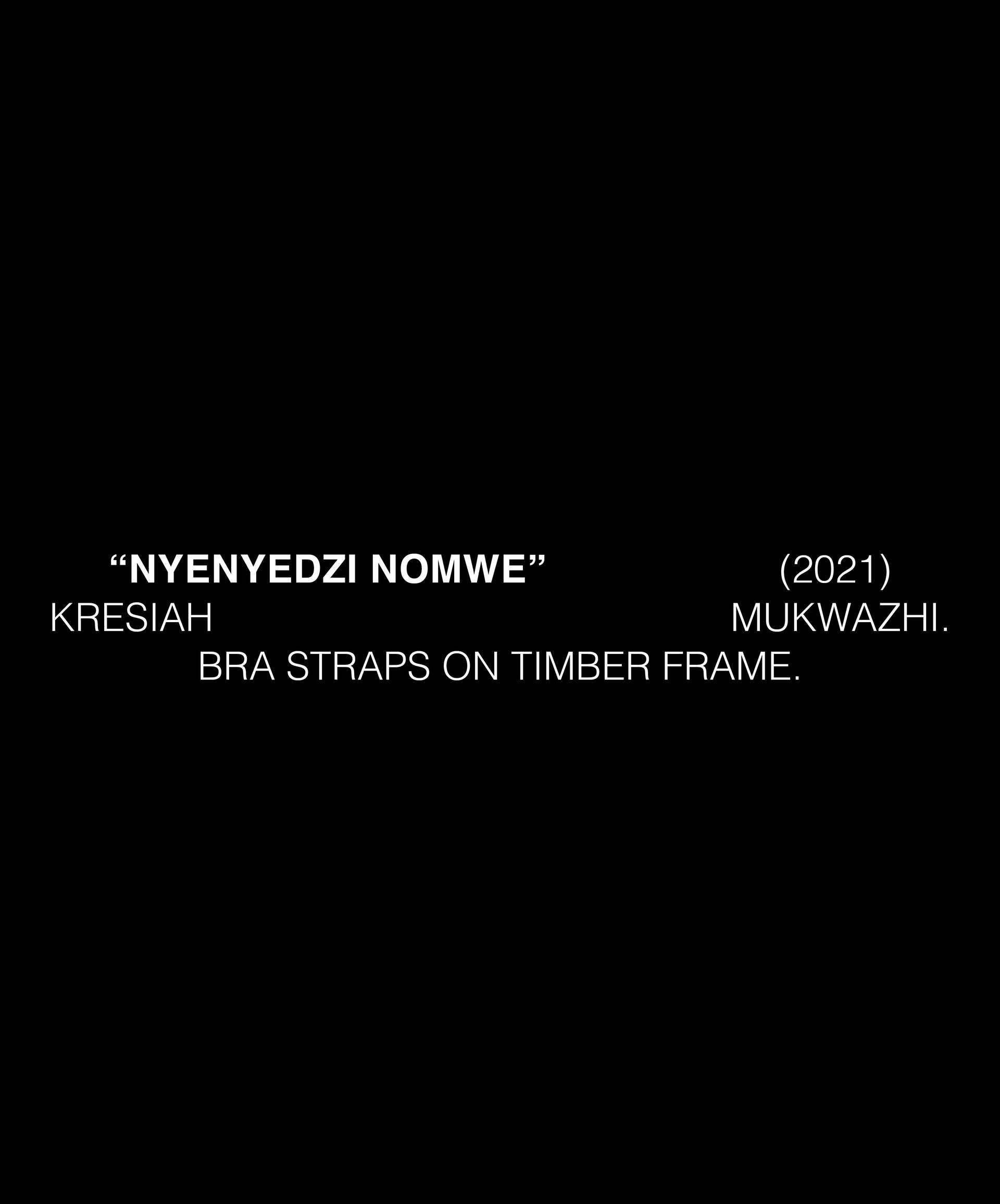
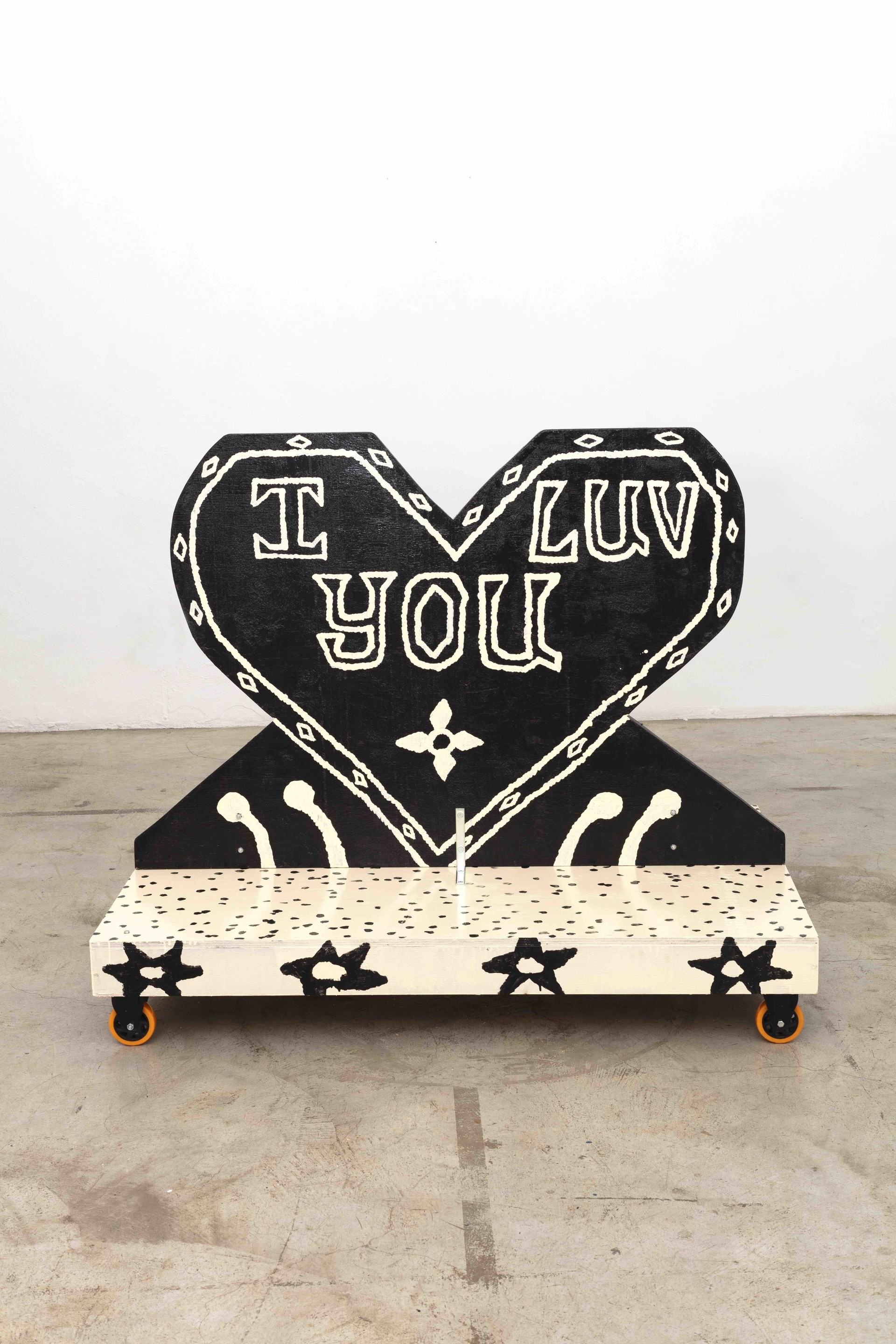

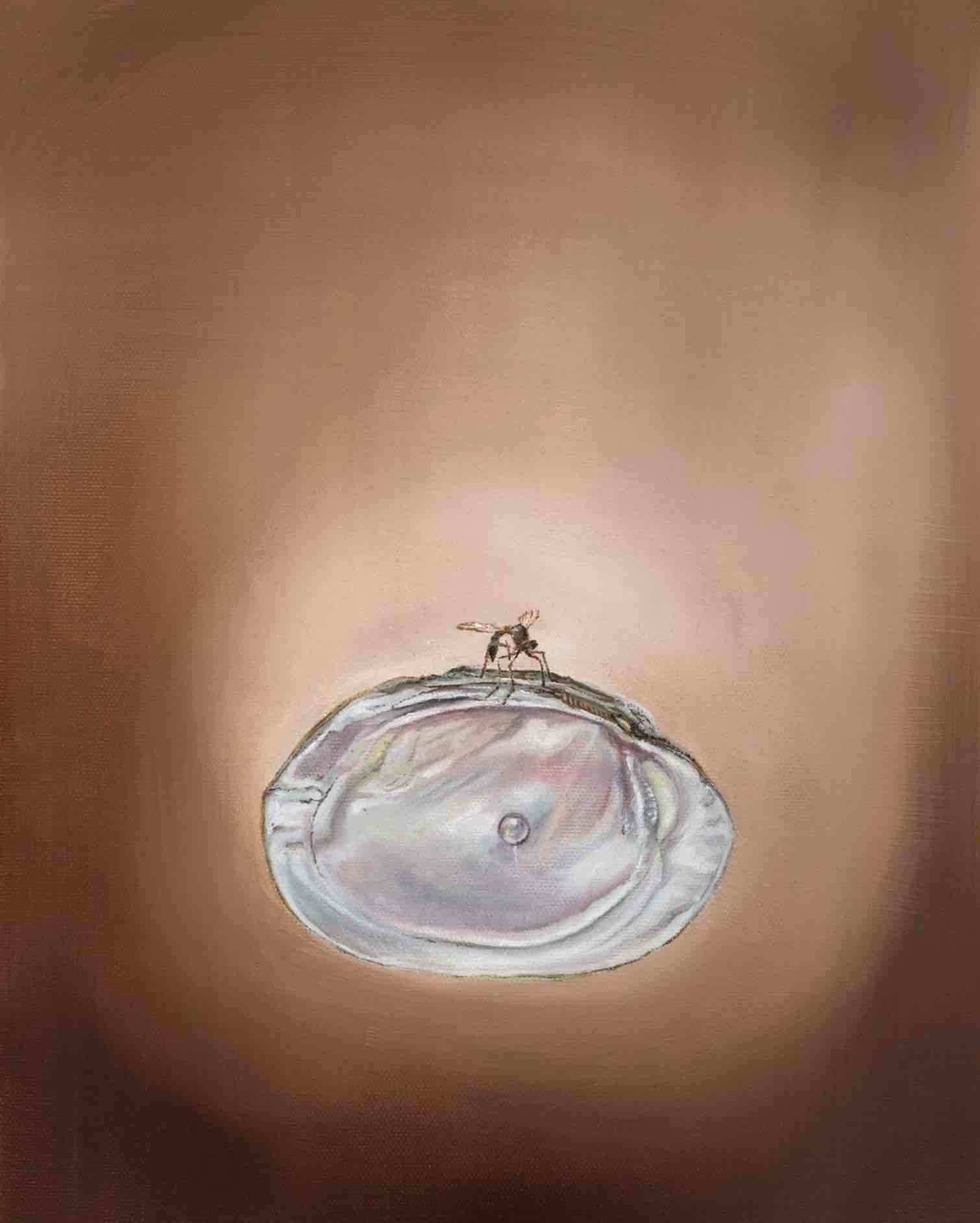



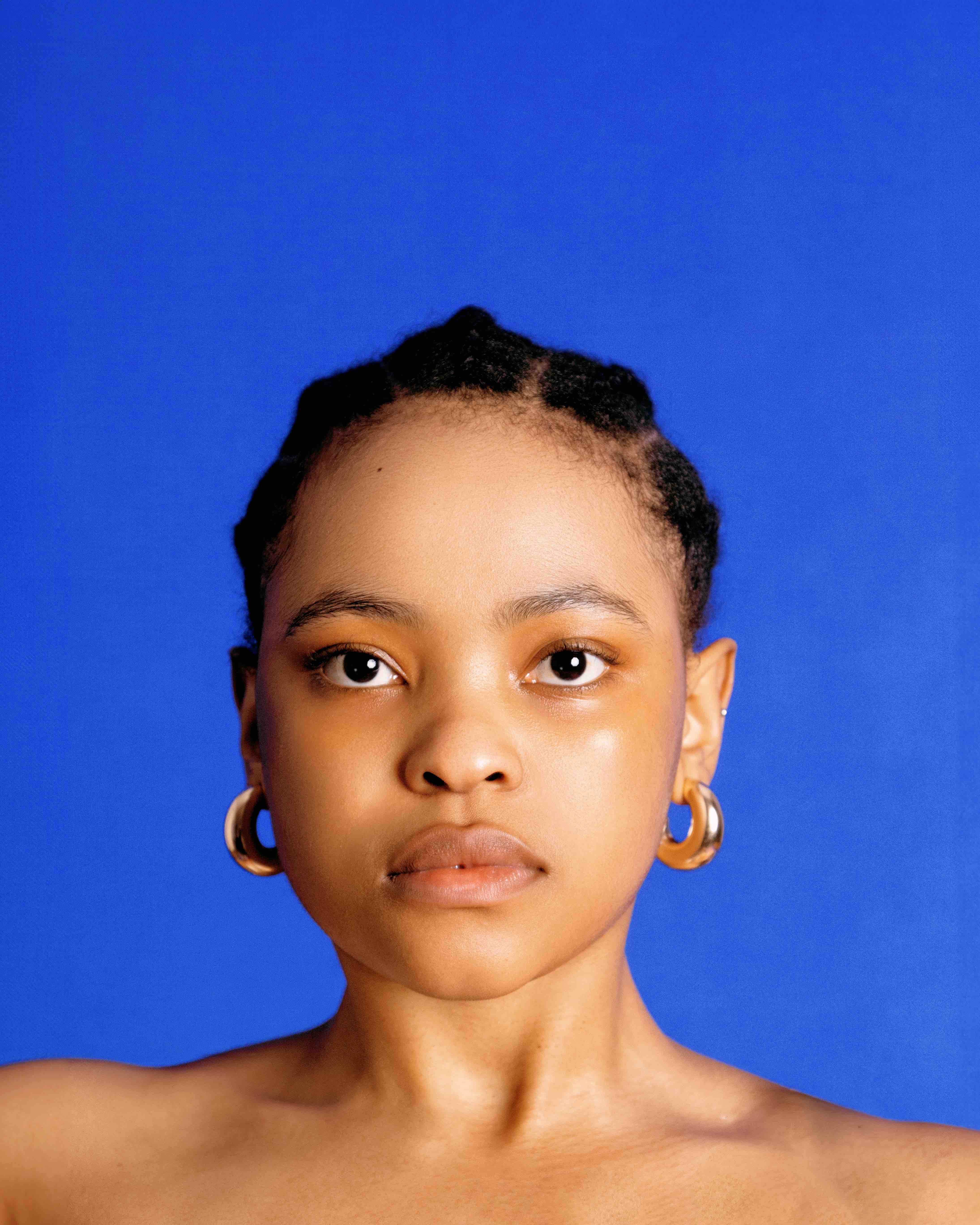
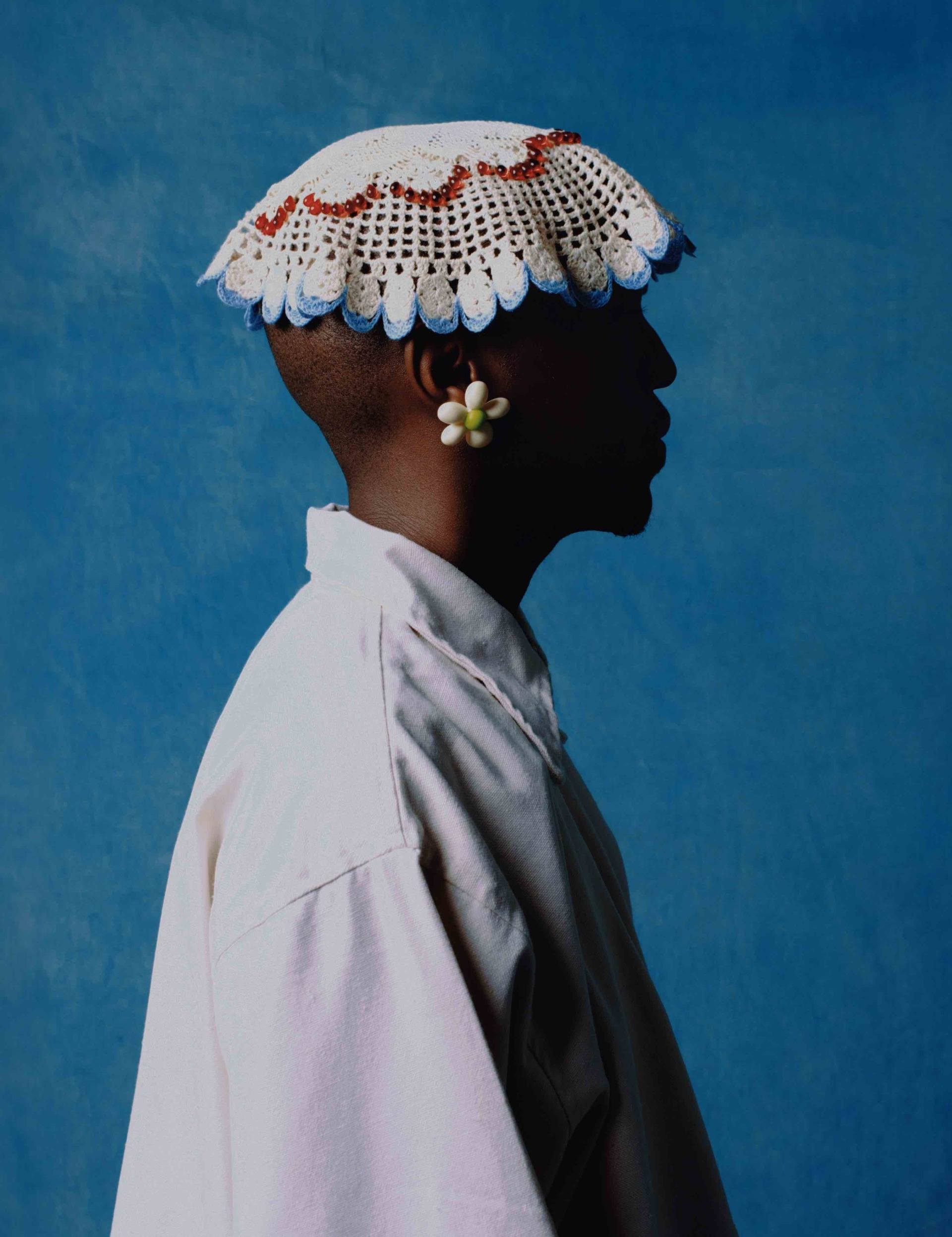
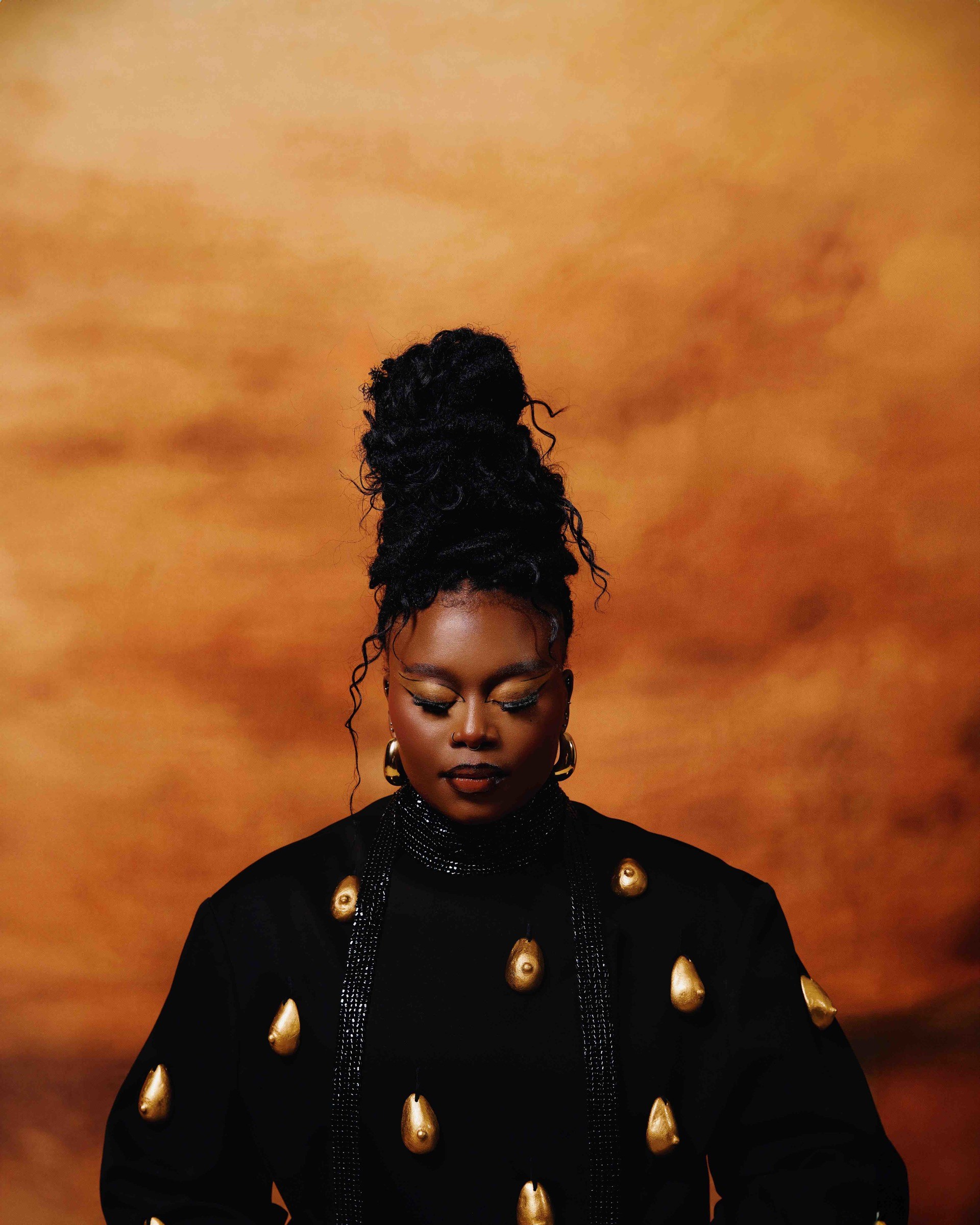
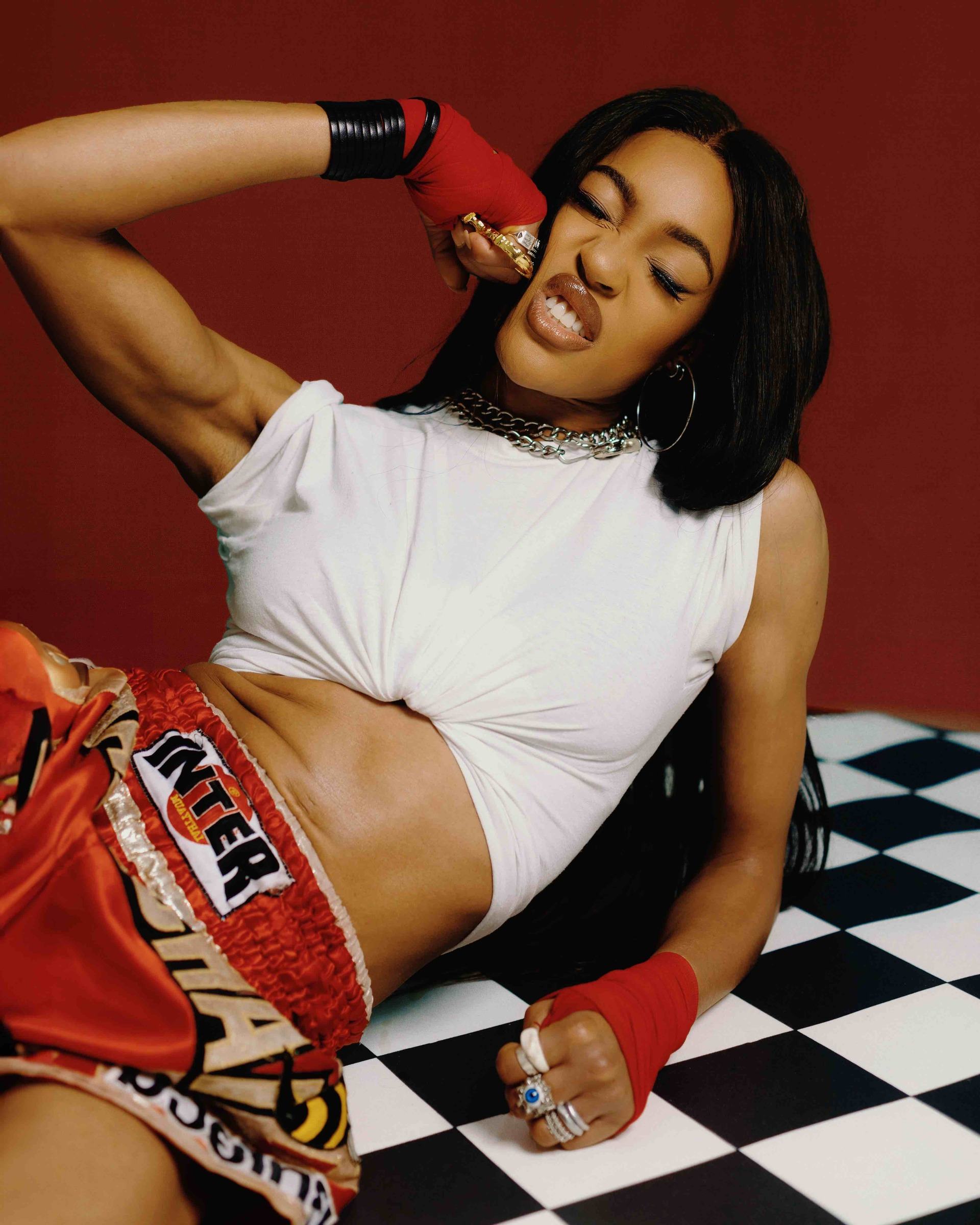

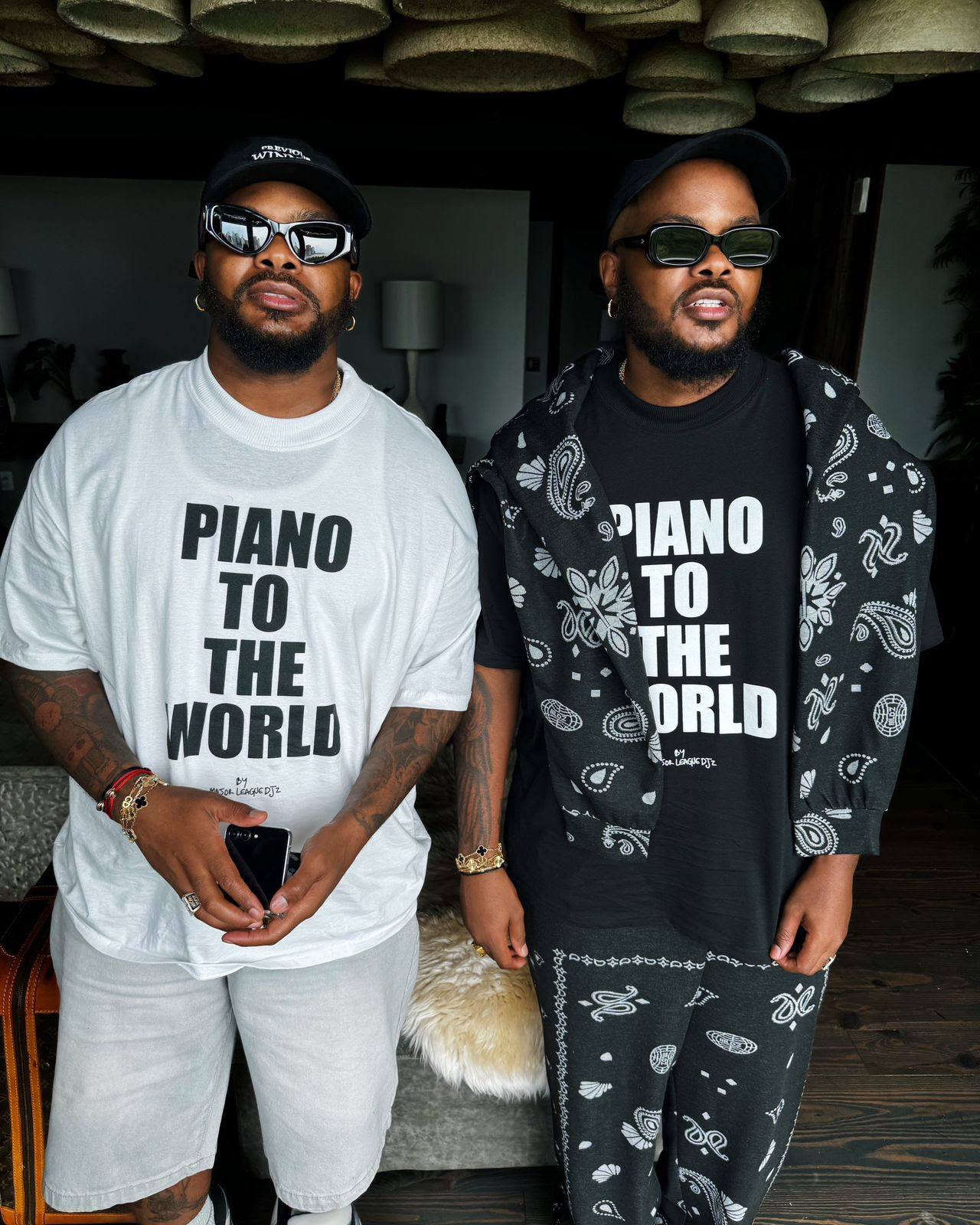



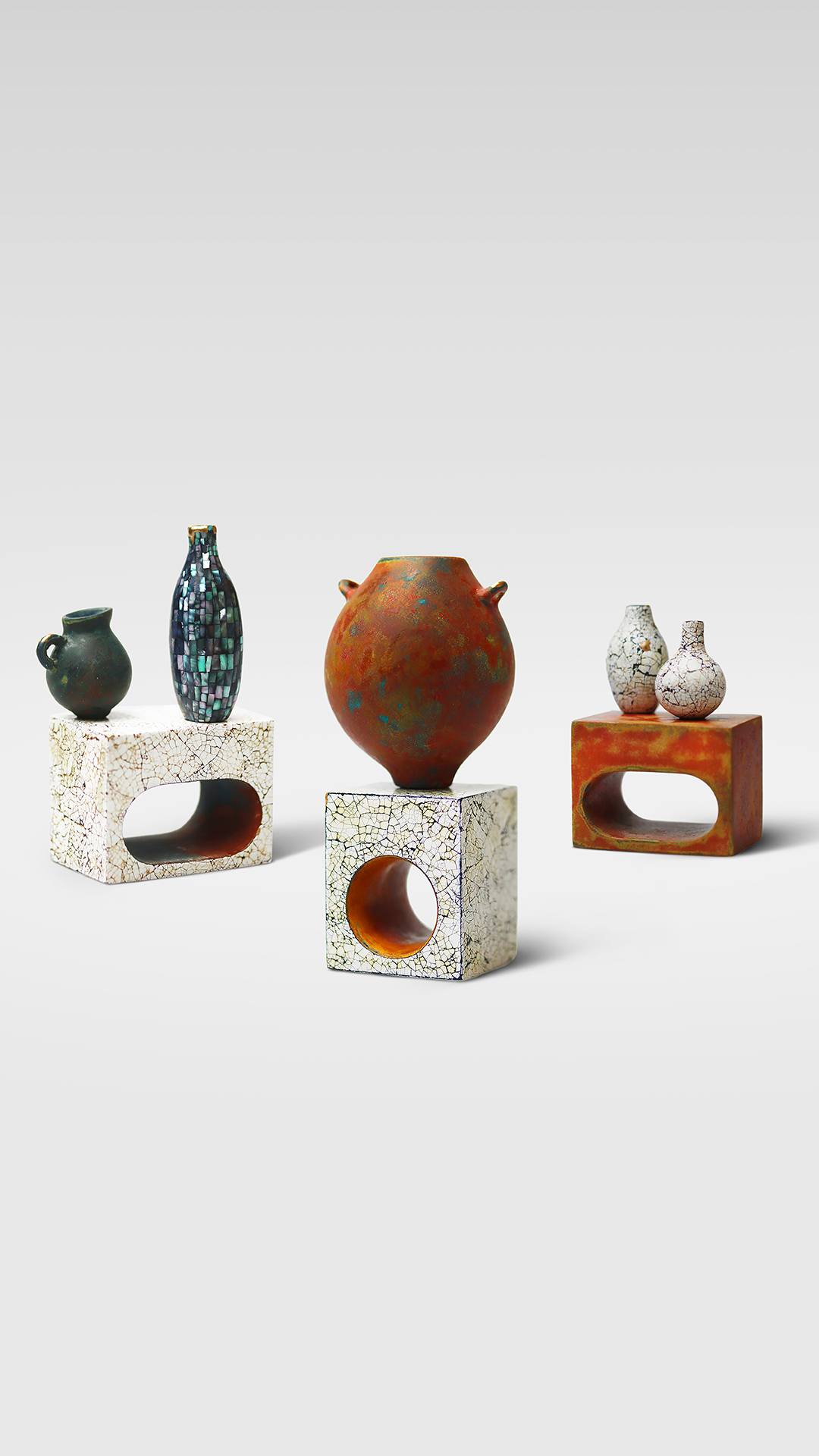

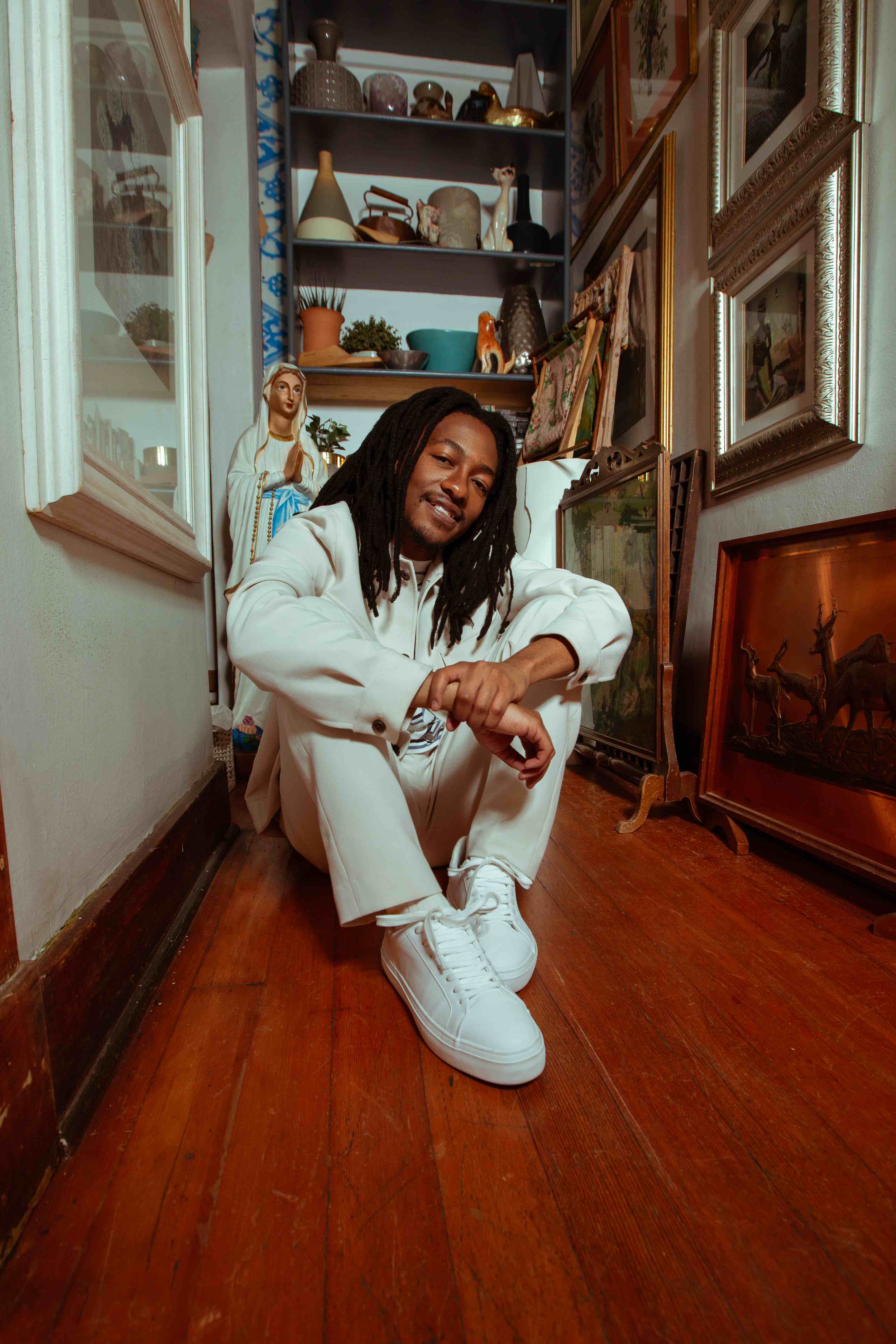
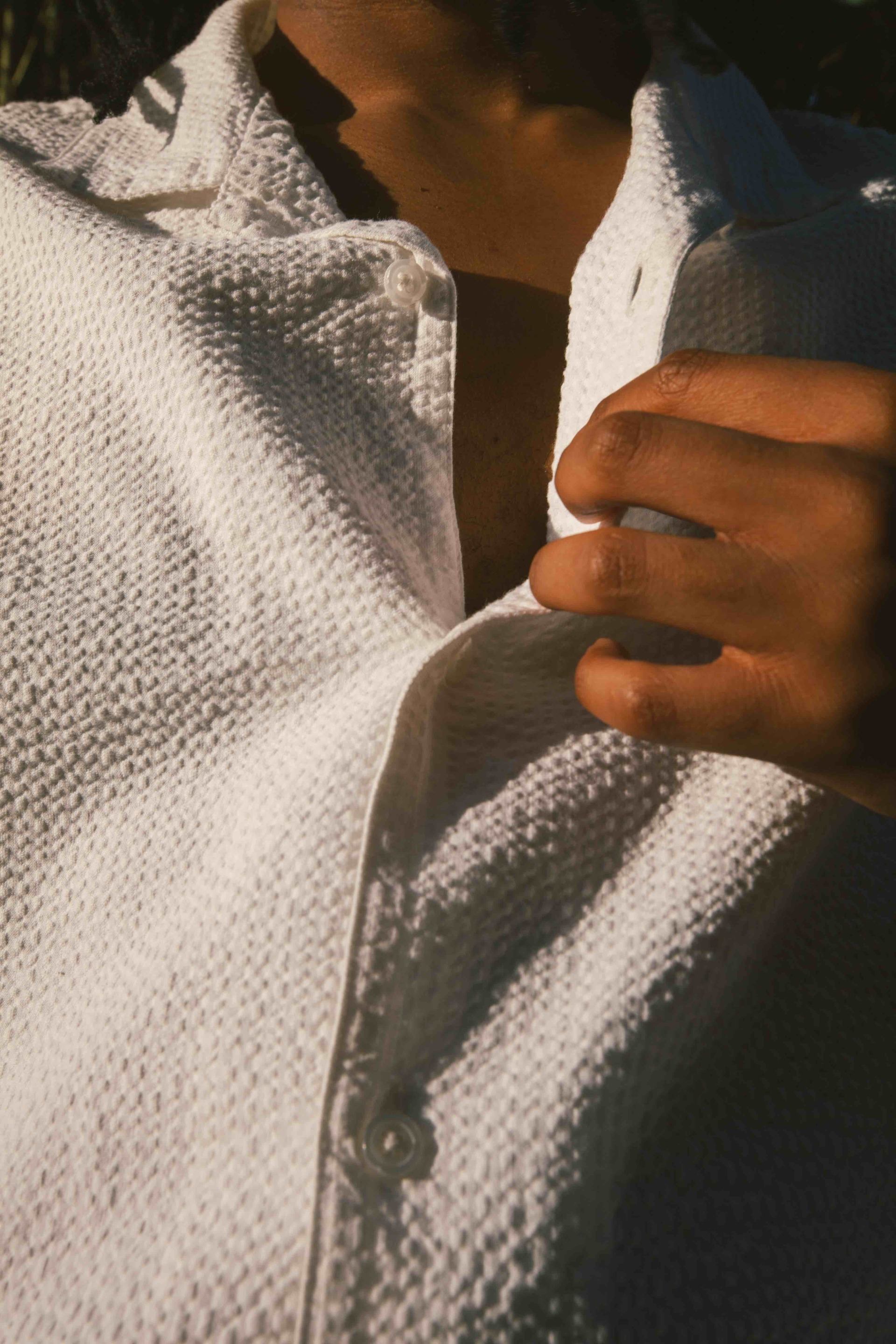
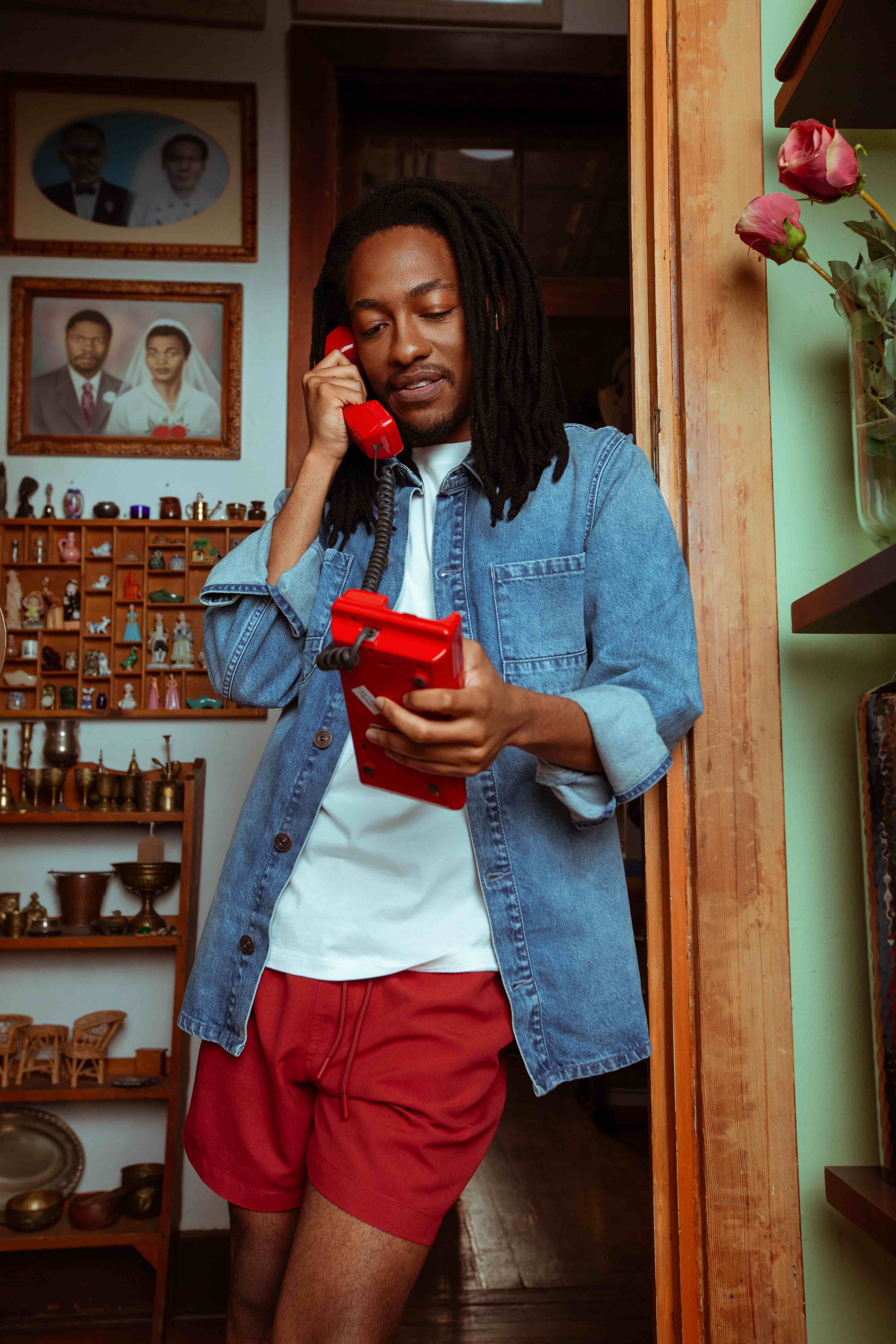
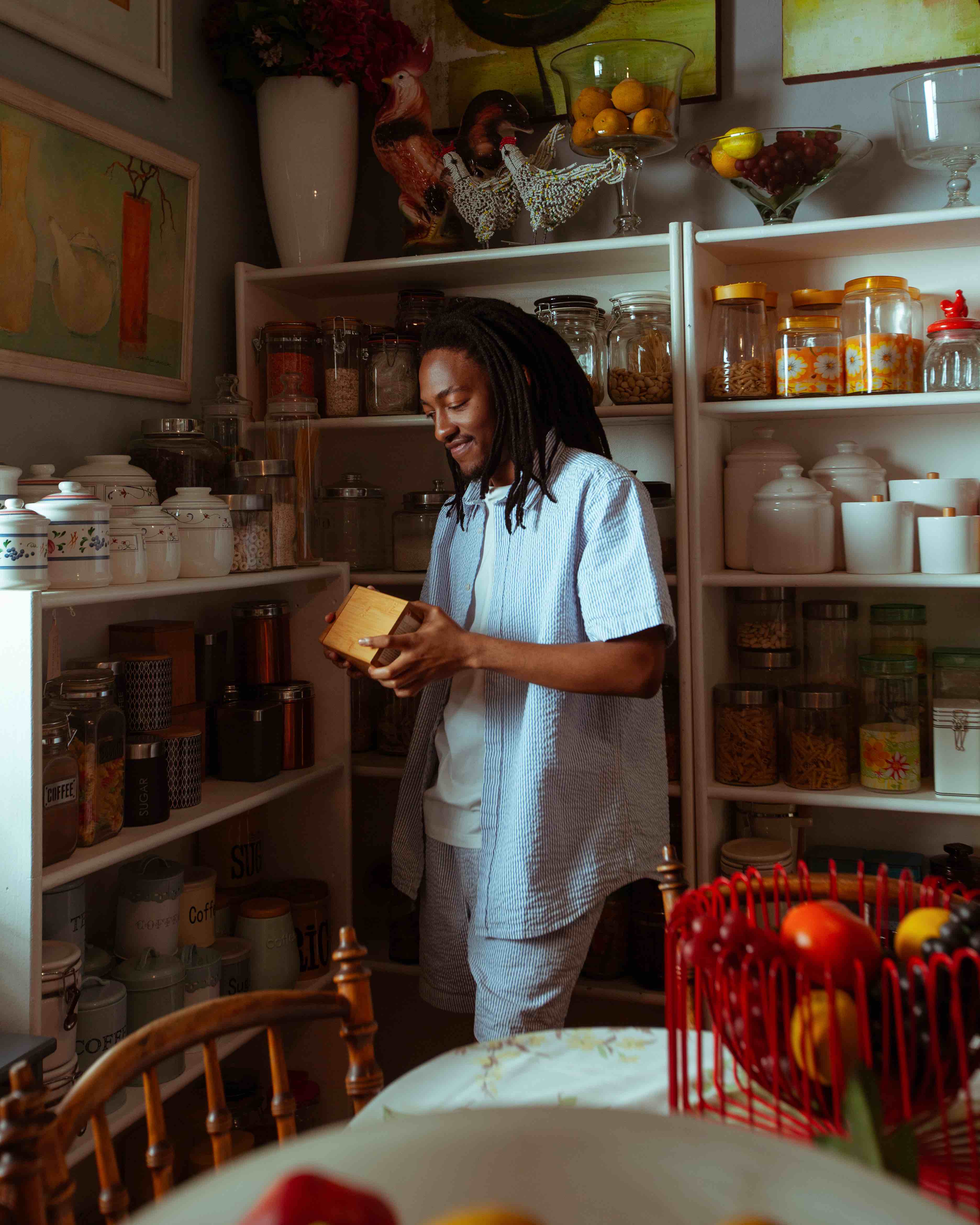
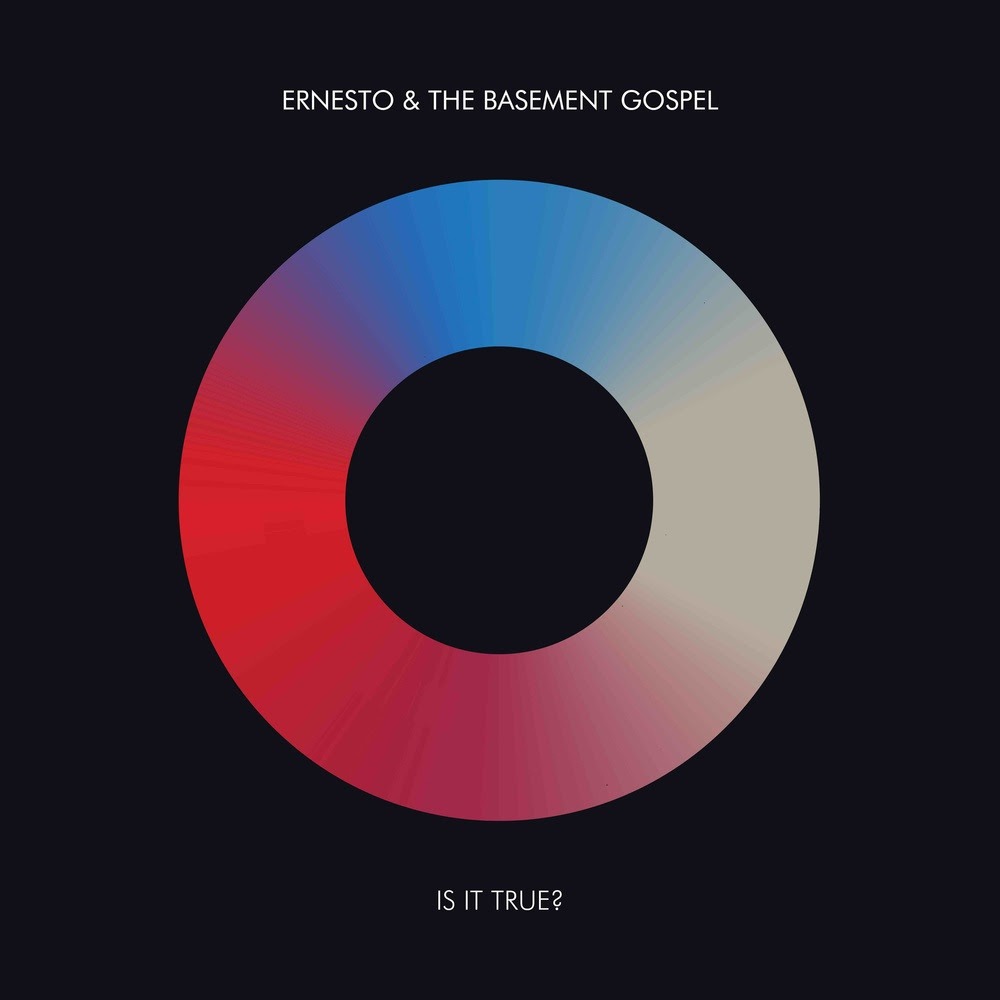
Recent Comments